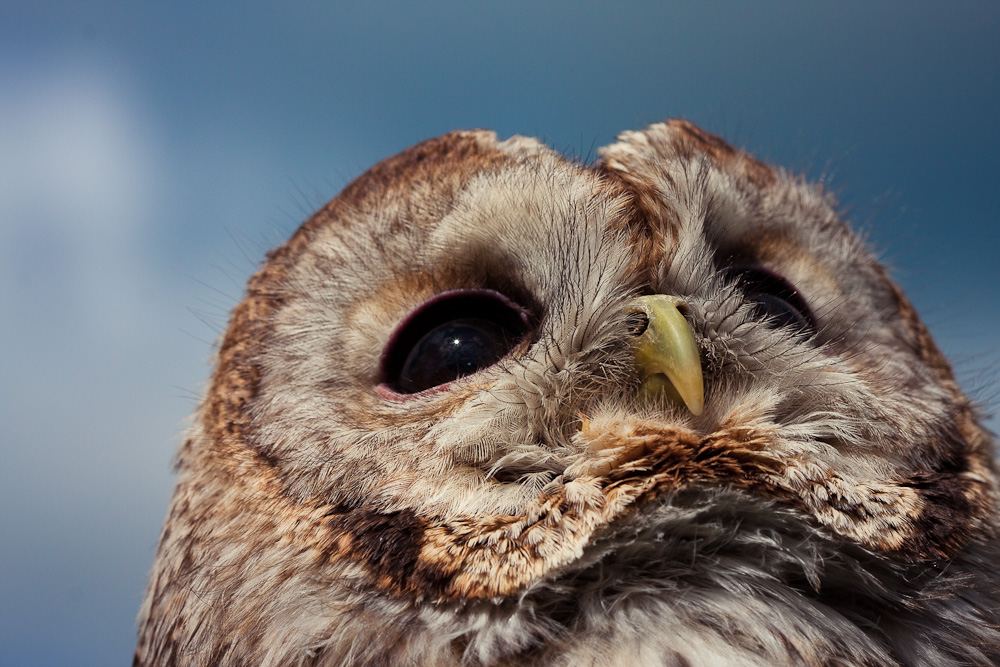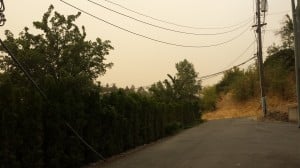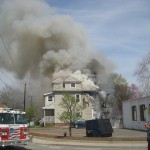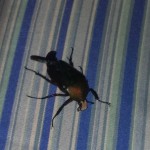Our dog, Mischa, has a love/hate relationship with the local tawny owls. Their cries send him into paroxysms of, well, I’m not entirely sure what, but he certainly gets excited. He goes on high alert, rushes up and down the stairs, and barks in a confused attempt to communicate with these weird not-dogs.

Tawnies are the owls which give us the famous “toowit, toowoo“. The “toowit” – or more accurately “kuweet” – is the female’s call, and the “toowoo” – or more accurately “hoo-hooo” – is the male’s.
There are plenty of tawny owls around where we live. It’s very rare to see one, but they can be heard almost every evening. In fact our home appears to be right in the centre of one particular female’s territory. And she doesn’t half make a racket. Her cry is piercing; some nights, she keeps us awake into the wee hours.
When we think about sense of place, so often we think of the visual sense. Vision is, after all, how most of those of us who are sighted orient ourselves. And human culture, especially Western culture, is incredibly biased towards sight and the visual as a means of communication. Images and words in 2D form surround us all day long – on paper, on hoardings, on our screens.
For those of us who practise magic, when we think about sense of place, our energetic senses may also come to mind. What feelings does a place evoke in us? Do we get a felt sense of the spiritual energies here? Does the place invigorate us, or drain us? Does it feel welcoming, or does it seem to warn us off and away?
Hearing, though, is a sense which many of us pay little attention to. Unlike the visual communications which surround us, it is not easy to focus in on one sound then move on to another; our ears do not after all face in the same direction. Using our sense of hearing with accuracy, flexibility and acuity takes practice.
Those who live in cities find their ears are bombarded constantly with a morass of overlapping sound waves, all interfering with one another. Cities are noisy places. Paying attention to all of it would be simply exhausting, and so we don’t. We unconsciously block all of it out but that which contains sense – a message that we need to heed: the siren of an approaching ambulance; the beeping of a pedestrian crossing; the crying of a child.
One of the commonest things that city-dwellers who come to the country comment on is how quiet it is. This always amuses me. The country is full of sound: the tawny owl example is just one. What the country lacks, though, is noise. Sounds in the country can be easily distinguished from one another without effort: this is the nearest watercourse running low over rocks; that is an aeroplane on its way to North America; this is a female tawny owl; that is a ewe calling its lamb; this is a tractor; that is a curlew.
In the country, the sense of hearing comes into its own, and shapes our experience of place in much more defined and detailed ways than is possible in a city, or even a reasonably sized town. If you’re a city-dweller and you want to take your sense of hearing out to play, go to the middle of a park, or the centre of a sports field. Close your eyes. Open your ears.
What do you hear?












